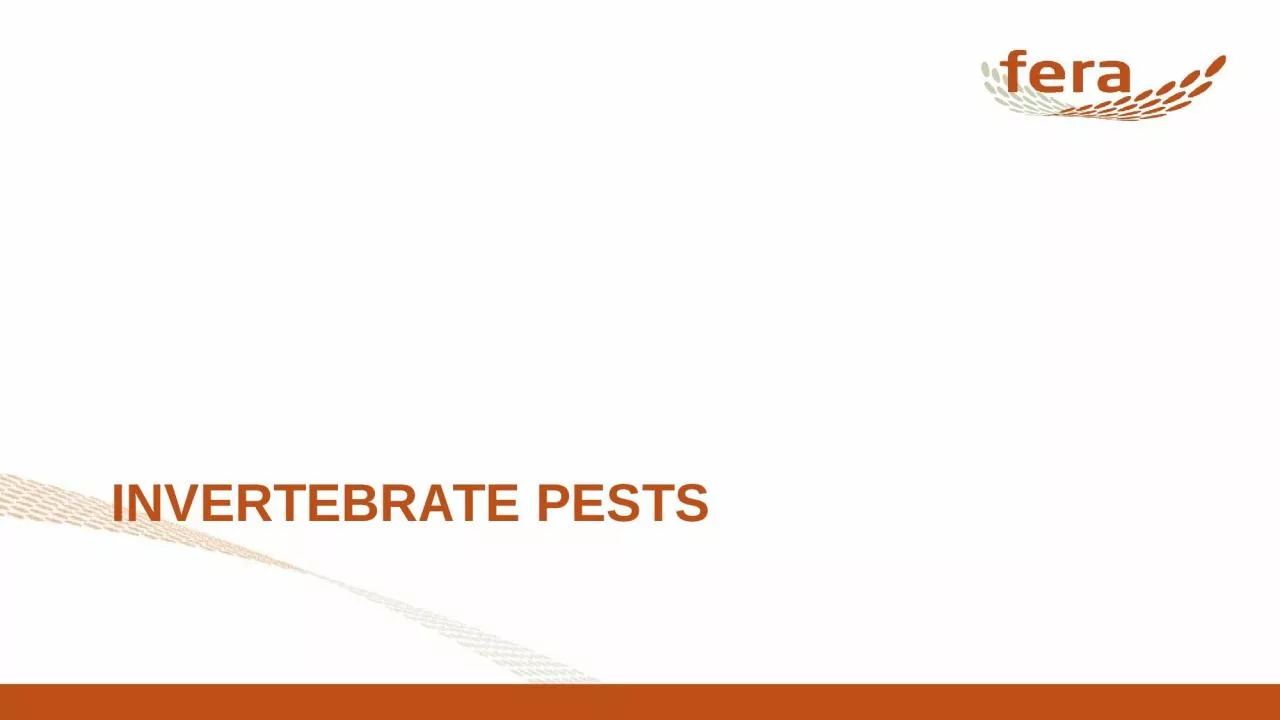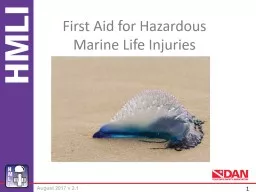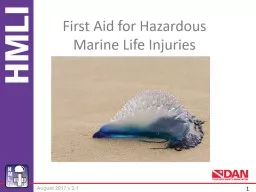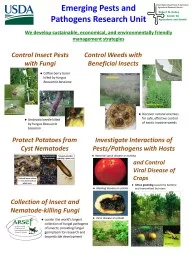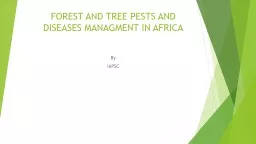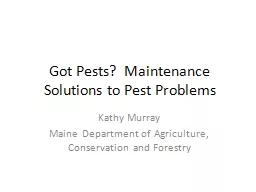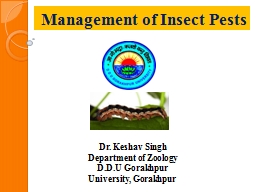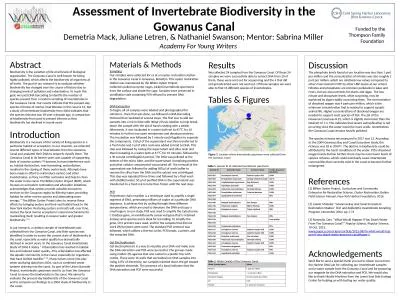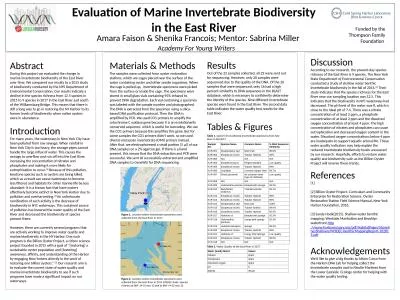PPT-Invertebrate Pests Plant Pests – Main groups of pests
Author : DateMeDarling | Published Date : 2022-08-03
Insects Sap suckers Chewers and tunnellers Mites Nematodes Insect pests sap suckers Photos Top woolly aphid on apple mealybugs Bottom whitefly scales scale insects
Presentation Embed Code
Download Presentation
Download Presentation The PPT/PDF document "Invertebrate Pests Plant Pests – Main ..." is the property of its rightful owner. Permission is granted to download and print the materials on this website for personal, non-commercial use only, and to display it on your personal computer provided you do not modify the materials and that you retain all copyright notices contained in the materials. By downloading content from our website, you accept the terms of this agreement.
Invertebrate Pests Plant Pests – Main groups of pests: Transcript
Download Rules Of Document
"Invertebrate Pests Plant Pests – Main groups of pests"The content belongs to its owner. You may download and print it for personal use, without modification, and keep all copyright notices. By downloading, you agree to these terms.
Related Documents

